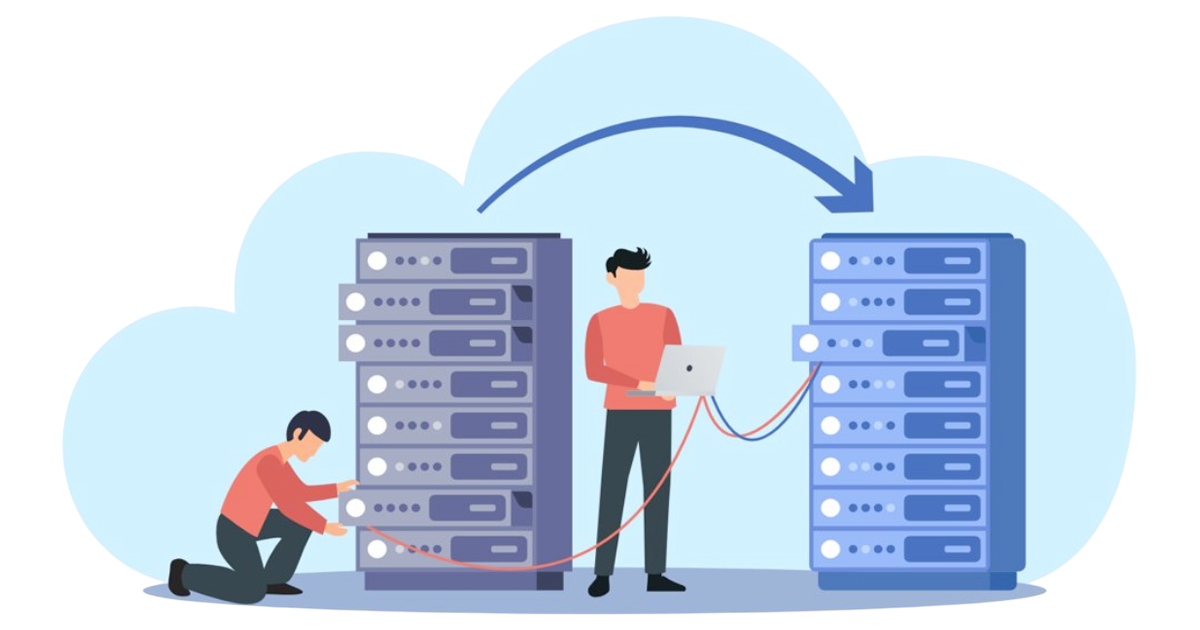Migration / Relocation On-premise Datacenter to New Geographical Site
-
Martina Cangelosi
- 18 Dec, 2023
- 02 Mins read

**The Challenge: **
The customer needed to migrate his On-Premise Datacenter mainly for a storage renewal issue. It was also an opportunity to update the software and hardware components. The Client turned to us to find the best tailor-made solution for his needs.
**The Solution: **
Analyzing the current situation and understand the best solution to adopt for a linear migration with the least possible downtime. Together with the customer we have chosen to adopt the Dataguard strategy, and where not possible, perform EXPORT/IMPORT or restore with the COMMVAULT (RMAN) tool.
**Our Work: **
As part of an ambitious storage migration project for a major customer, a number of crucial activities were undertaken.
The process has begun with the creation of an Oracle Linux Virtualization Manager (OLVM) environment within the new storage to oversee and manage the entire infrastructure, including physical nodes and the creation of virtual machines. At the same time, the configuration of a two-node Kernel-based Virtual Machine (KVM) environment on dedicated physical nodes began.
A significant step in this transformation was the transfer of all operational virtual machines in production and test contexts to the newly created environment. This migration was managed with the utmost care to ensure operational continuity and minimize any disruptions.
An essential part of the project was the conversion of the character set of the most important production database. This was done using the Database Migration Assistant for Unicode (DMU) tool. The choice to adopt the AL32UTF8 character set was dictated by the new requests of the application software, due to the new version that required it.
Finally, to maintain and enhance the robustness of the system, the DataGuard tool was used, following the same configurations implemented in the previous environment.
Furthermore, to raise the level of security and resilience, the implementation of DataGuard on Oracle Cloud was introduced, limiting its use exclusively to the production environment. This further step aims to ensure effective protection of critical data in a secure and reliable cloud environment.







